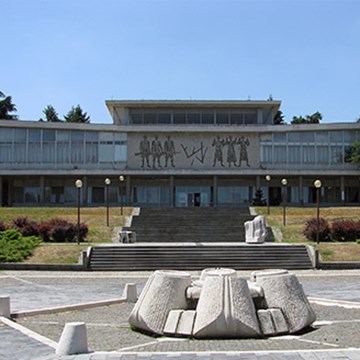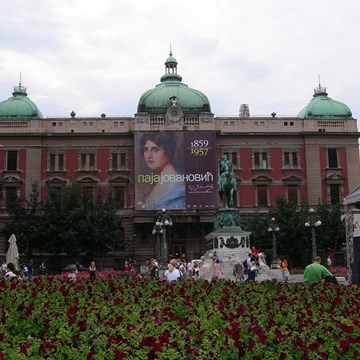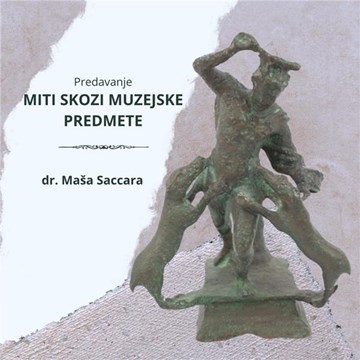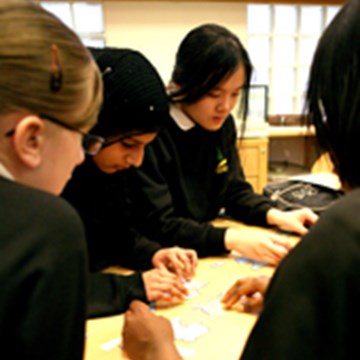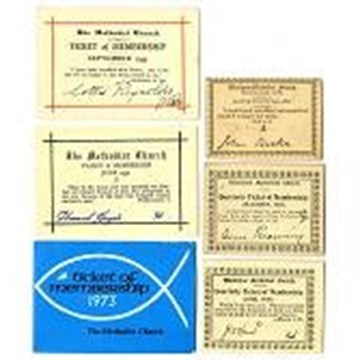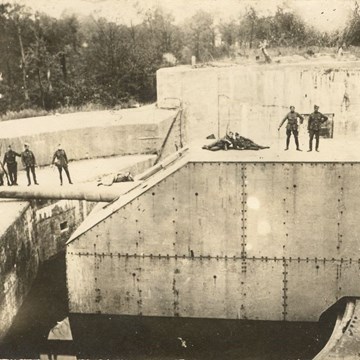Regional Historical Museum Stara Zagora
Регионален исторически музей Стара Загора
Today the Stara Zagora Museum maintains and attends a number of independent project sites in the town: Neolithic dwellings (6th millennium B.C.), Antique Forum Complex 2nd-4th c., Late-antique Residential Home with Mosaics, IV-th c., Late-antique Public Building with Mosaics, 4th-6th c. in the Post-Office building, the Hilendar covenant, the House-Museum of the Town Lifestyle in the 19th c., and others. The institution hosts more than 100,000 original exponents from different epochs. Exceptional by their value are most of the collections: the prehistoric, the ethnographic and the numismatic, the collection of Thracian chariots, the antique bronze, the antique glass, relicts, connected with the history of the Bulgarian people from the Renaissance until present days. Unique exponents are a bone idol and a marble anthropomorphic figure (5th millennium B.C.), a helmet-mask, a Sarmatian sword, a golden necklace, lanterns, a glass phial with a dancing woman, a marble statuary group of Orpheus from the antique epoch, a stone plate of a lioness with a cub from the 6th c., a copy of the Slav-Bulgarian History by Paisii of Hilendar, etc.
In the past years, the museum administered and participated in dozens of archaeological expeditions. The most significant of which were the excavations of the Azmashka village mound, (the first village mound on the Balkan Peninsula, entirely investigated), the prehistoric copper mines in the Mechi kladenets near Stara Zagora (Bulgarian-Russian expedition), the multi-layer historical site in Chatalka locality, dozens sites in the archaeological reservation Augusta-Trayana-Vereya-Borui, the late-antique road station Karasura near the village of Rupkite, Chirpan region (Bulgarian-German expedition), and many sepulchral mounds.
The Stara Zagora museum maintains international contacts with more than 20 museums, universities and libraries in Germany, England, Russia, Rumania, Austria, Macedonia, France, Greece, Hungary and others. The Directors Dimitar Nikolov and Hristo Buyukliev are members of the UNESCO’ International Council of Museums – ICOM. In 1984 Stara Zagora hosted the 8th International Symposium on antique bronze, attended by scientists from over 30 countries worldwide to present their papers. The Stara Zagora Museum participated in the corps of antique mosaics and frescoes from Bulgaria, issued in Vienna. It has been the organizer and co-organizer of international, national and regional scientific conferences, symposia and colloquia. The Museum in Stara Zagora was one of the participants in the preparation and creation of the scientific-documentary film “The Birth of Europe”, produced by initiative of BBC, England. It shows the technology for copper production in the 4th millennium B.C. and contains shots of the Neolithic dwellings from the 6th millennium B.C., found in situ and the prehistoric village mound.
In 2007, during it's centennial jubilee, the museum was accommodated in a new building, built especially for that purpose. In the last two years, its activity has been focused on the development of the thematic concept for the new exposition and on popularizing the cultural inheritance of the region.
Text source: http://museum.starazagora.net/English/history/Ehistory.html
Foto source: http://museum.starazagora.net/Eind.htm
Exhibitions and events
We don't have anything to show you here.
Educational programs
We don't have anything to show you here.
Collections
We don't have anything to show you here.

